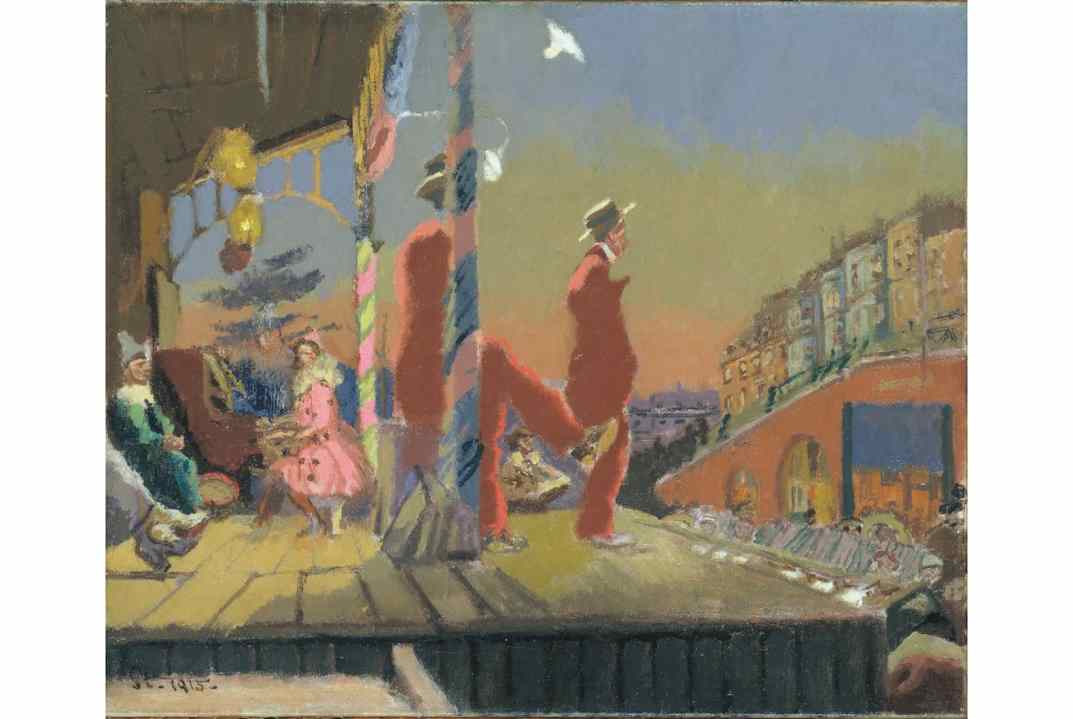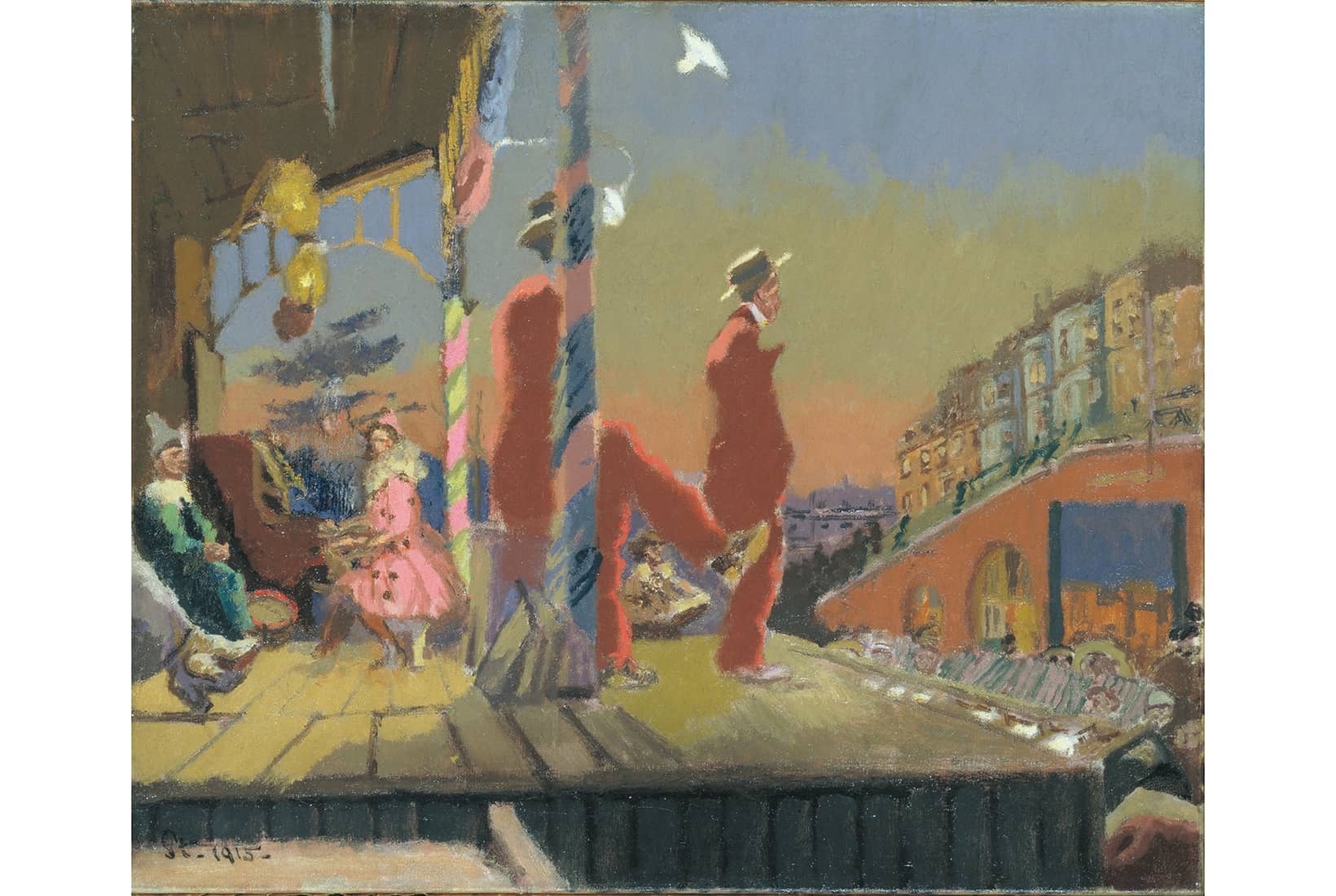‘It’s too dark and life is too short,’ was Walter Sickert’s explanation of his decision to leave London in 1898. Separated from his first wife Ellen Cobden and in financial trouble, he did a flit across the Channel to Dieppe.
A magnet for artists in the summer season, the town had long been a popular subject for tourist views. ‘I see my line…’ he wrote soon after his arrival. ‘Picturesque work. This place Dieppe, is my only up to now, goldmine.’ The place had already had a transformative effect on his painting. It was while spending the summer there with his mentor Whistler in 1885 that he had shifted artistic allegiance to Degas, whom he had first met two years earlier in Paris while delivering Whistler’s portrait of his mother to the Salon. Under Degas’s influence, Sickert ditched the tonal alla prima technique he had learned from Whistler for the Frenchman’s more considered method combining preliminary drawing with strong colour.

Get Britain's best politics newsletters
Register to get The Spectator's insight and opinion straight to your inbox. You can then read two free articles each week.
Already a subscriber? Log in







Comments
Join the debate for just $5 for 3 months
Be part of the conversation with other Spectator readers by getting your first three months for $5.
UNLOCK ACCESS Just $5 for 3 monthsAlready a subscriber? Log in